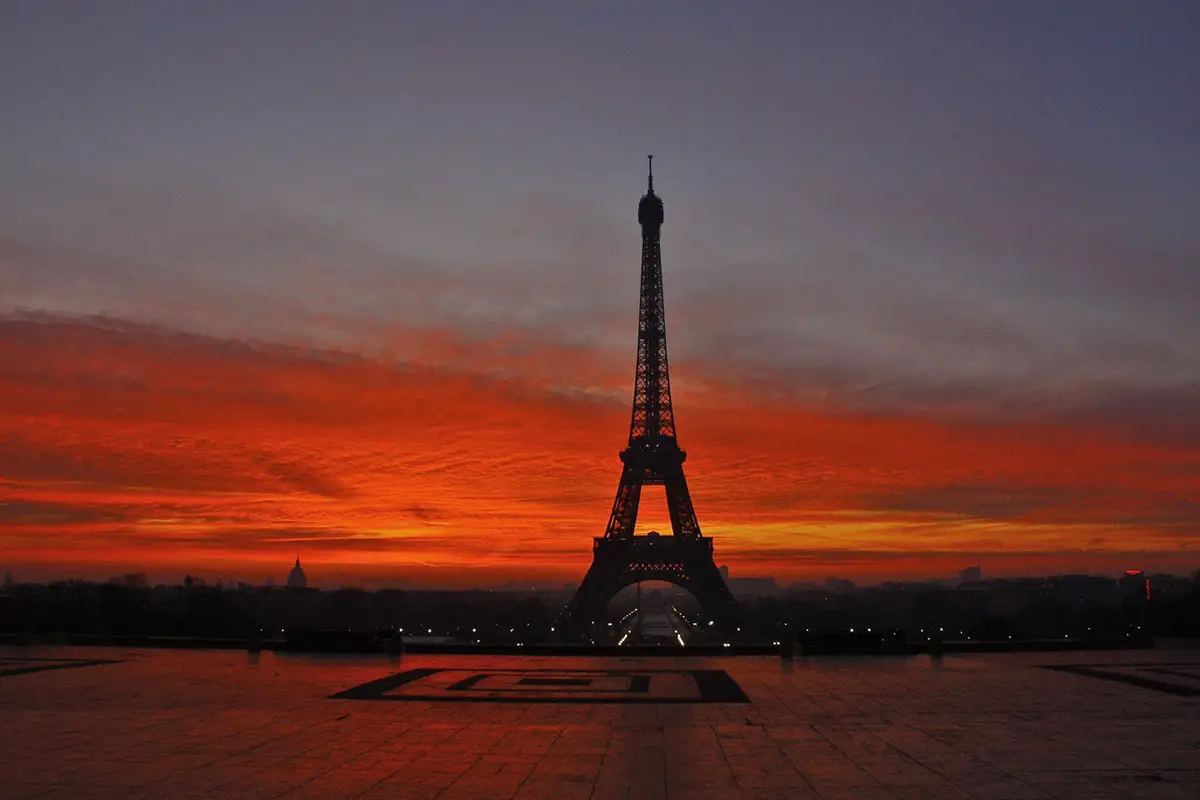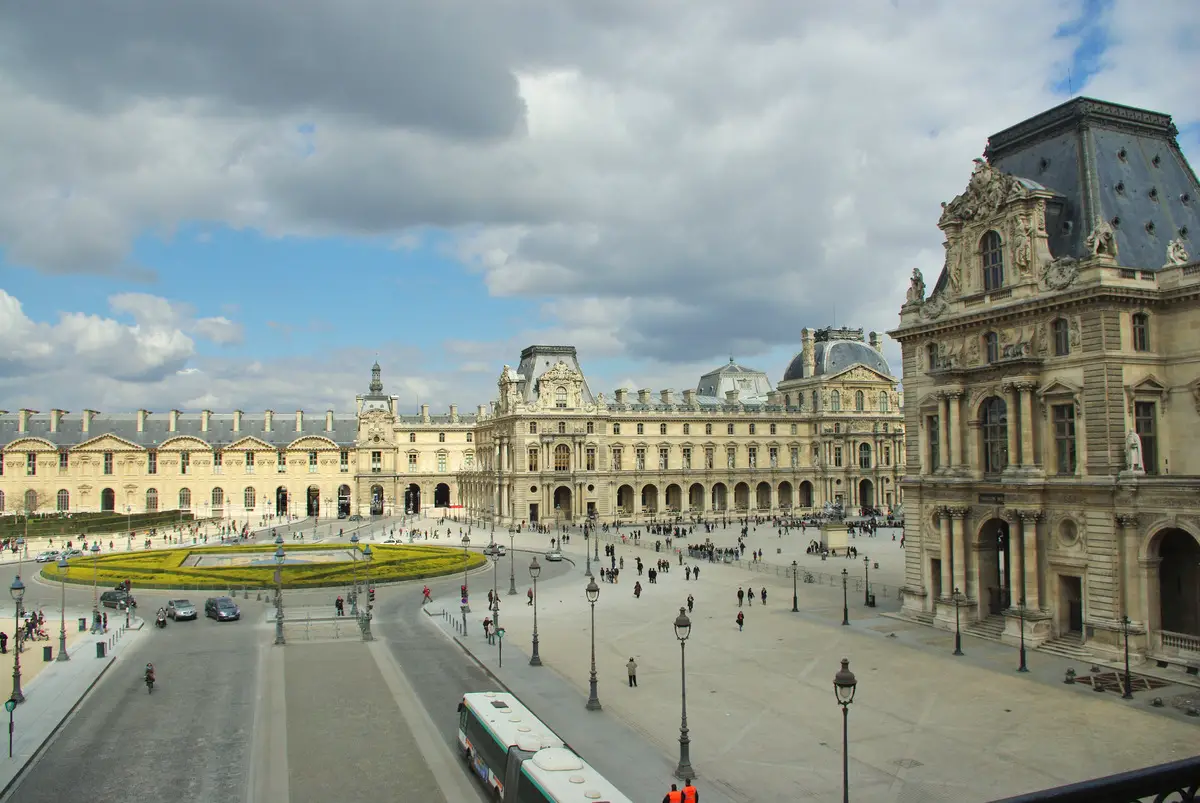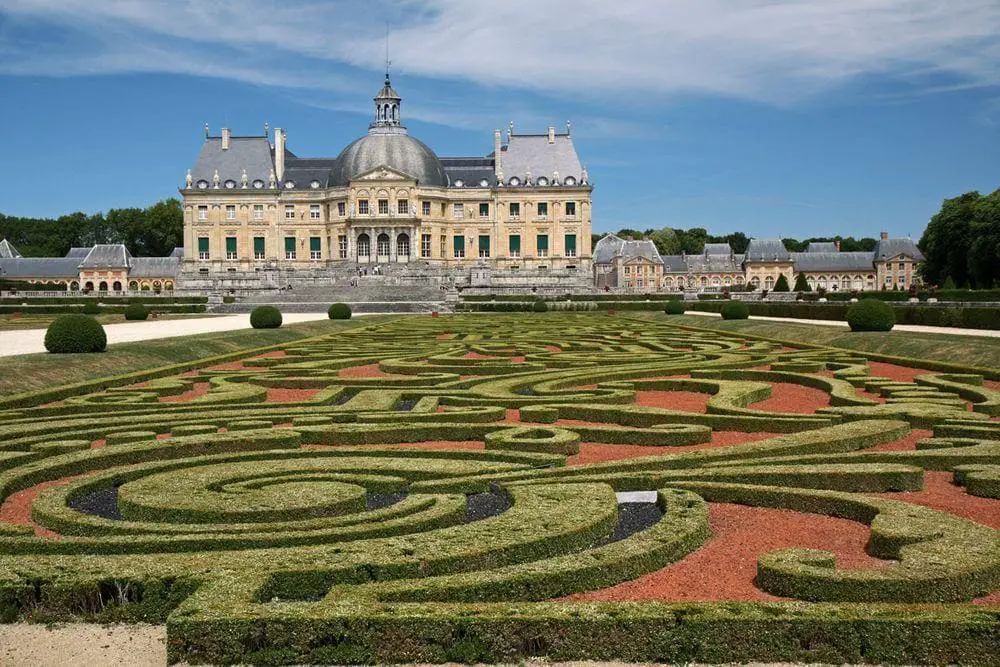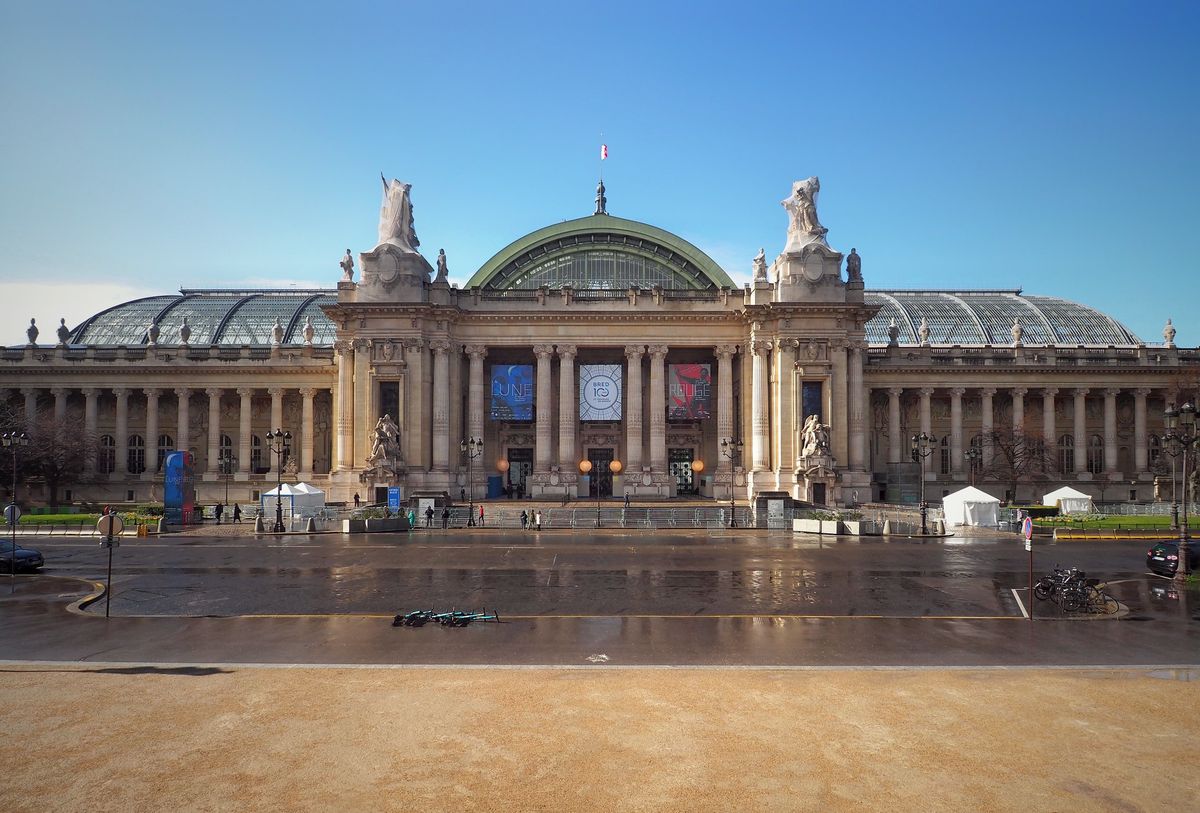Wondermondo 🢖 World 🢖 Wonders of Europe 🢖 Wonders of France 🢖 Wonders of Ile-de-France
Territory
Wonders of Ile-de-France
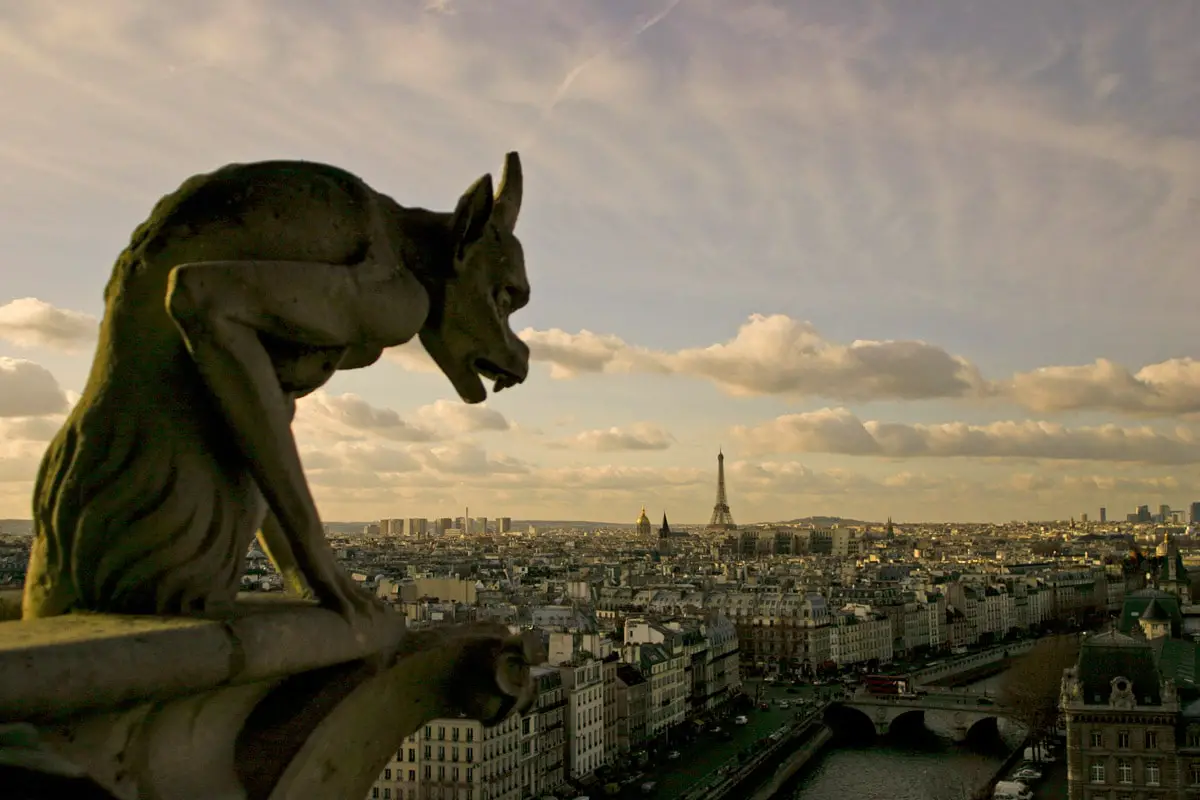
 Highlights
Highlights
For many centuries in the region of Île-de-France has been located one of the power centers of world politics and culture – French monarchy. Thus it comes as no wonder that there are concentrated many of the most impressive buildings in the world, such as:
- Palaces. Besides the most imposing palace in the world – Versailles – here are located many more palaces, which have left a huge impact on Western European architecture – the Palace of Fontainebleau, Château de Maisons, and many others.
- Buildings in Paris. Louvre, Tower of Eiffel, Notre Dame de Paris, Paris Opéra… Do we need to explain how beautiful, interesting, and influential is Paris?
Map with the described wonders
If you see this after your page is loaded completely, leafletJS files are missing.
 Top 25 wonders of Ile-de-France
Top 25 wonders of Ile-de-France
Architecture wonders
Palace of Versailles
The best known and possibly the most magnificent palace in the world with 700 rooms. Constructed starting from 1661 and served as a royal palace until 1789. This palace brought a new style in many areas of life – architecture, planning, arts, governance, and etiquette – thus the palace represents one of the most important monuments of culture in Europe.
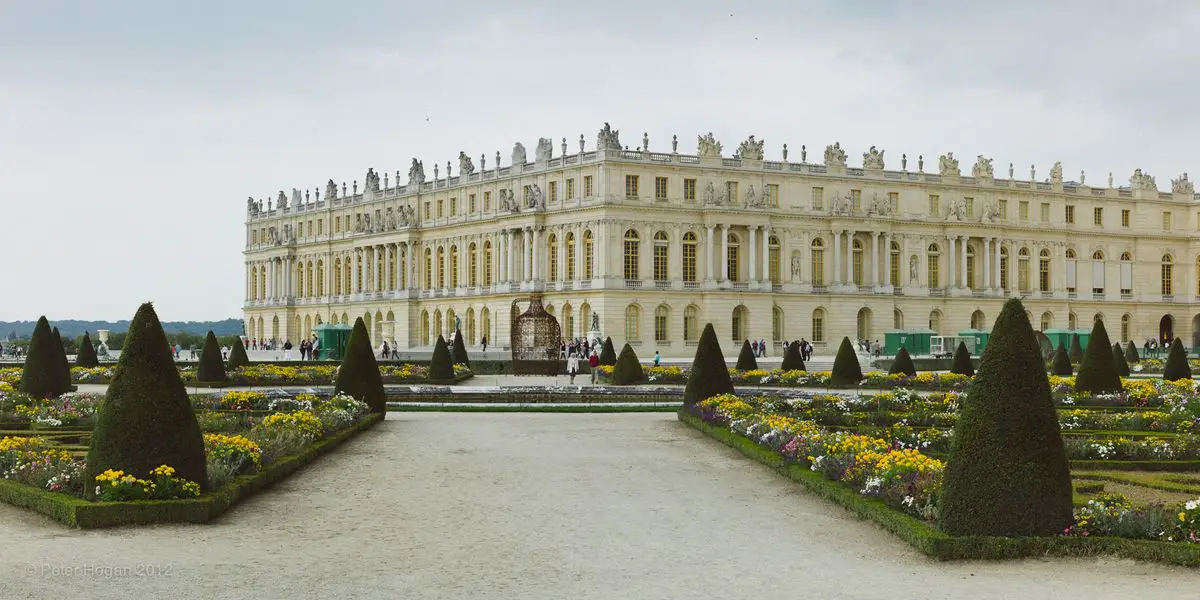
Notre Dame de Paris
Constructed in 1163 – the late 14th century. One of the most significant Gothic cathedrals and one of the world’s best-known monuments of architecture. One of the first buildings where flying buttresses were used.
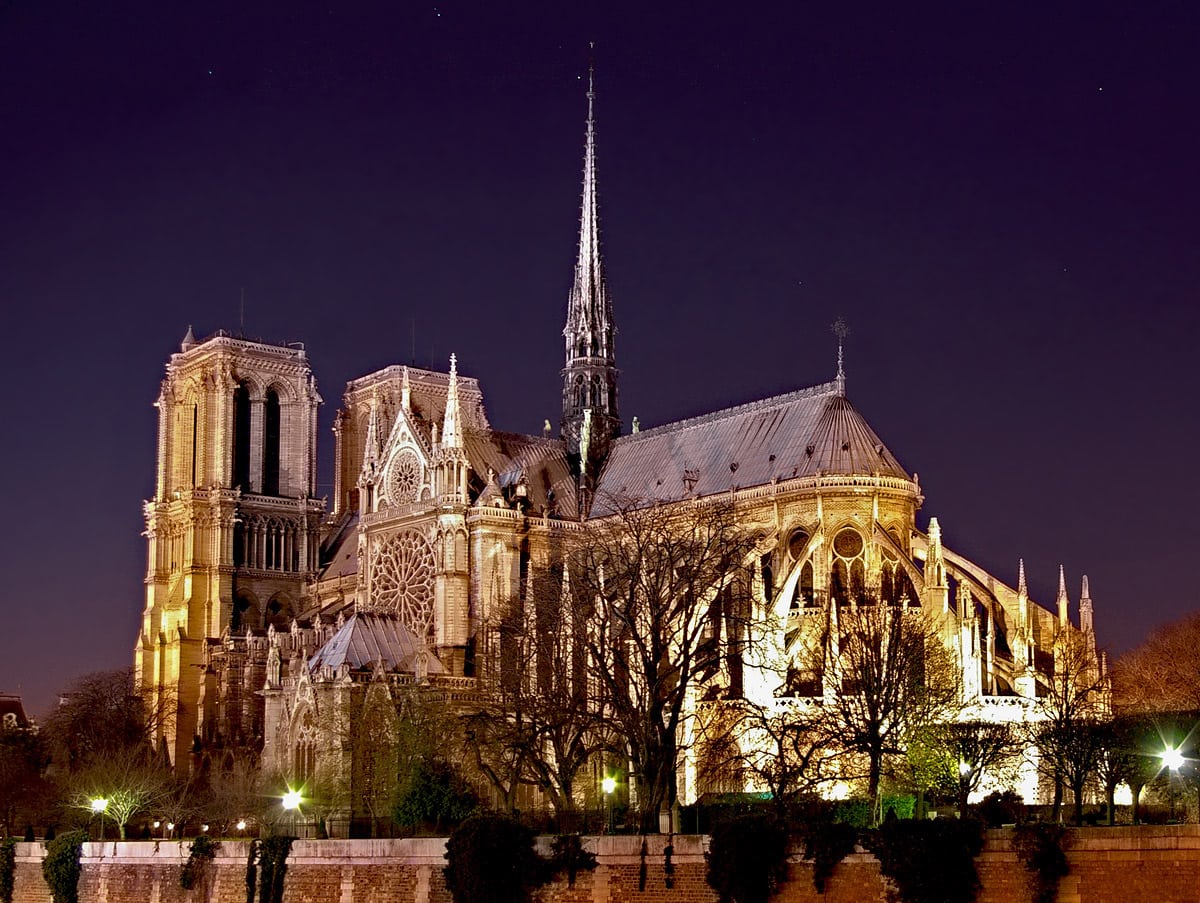
Eiffel Tower
One of the best-known landmarks in the world, a symbol of Paris and to some extent – the whole of France. This 324 m tall iron lattice tower was built in 1889 and was the tallest man-made structure on Earth until 1930.
Musée du Louvre
One of the largest museums in the world with more than 35,000 objects exhibited. Many works are among the most important artworks in the world. Located in a palace that was started as a castle in the late 12th century. Gradually extended and now it is one of the largest palaces in the world.
Sainte-Chapelle
A reliquary of the French monarchy, this outstanding Gothic building was built in 1239 – 1248. Contains a unique set of Gothic stained glass.
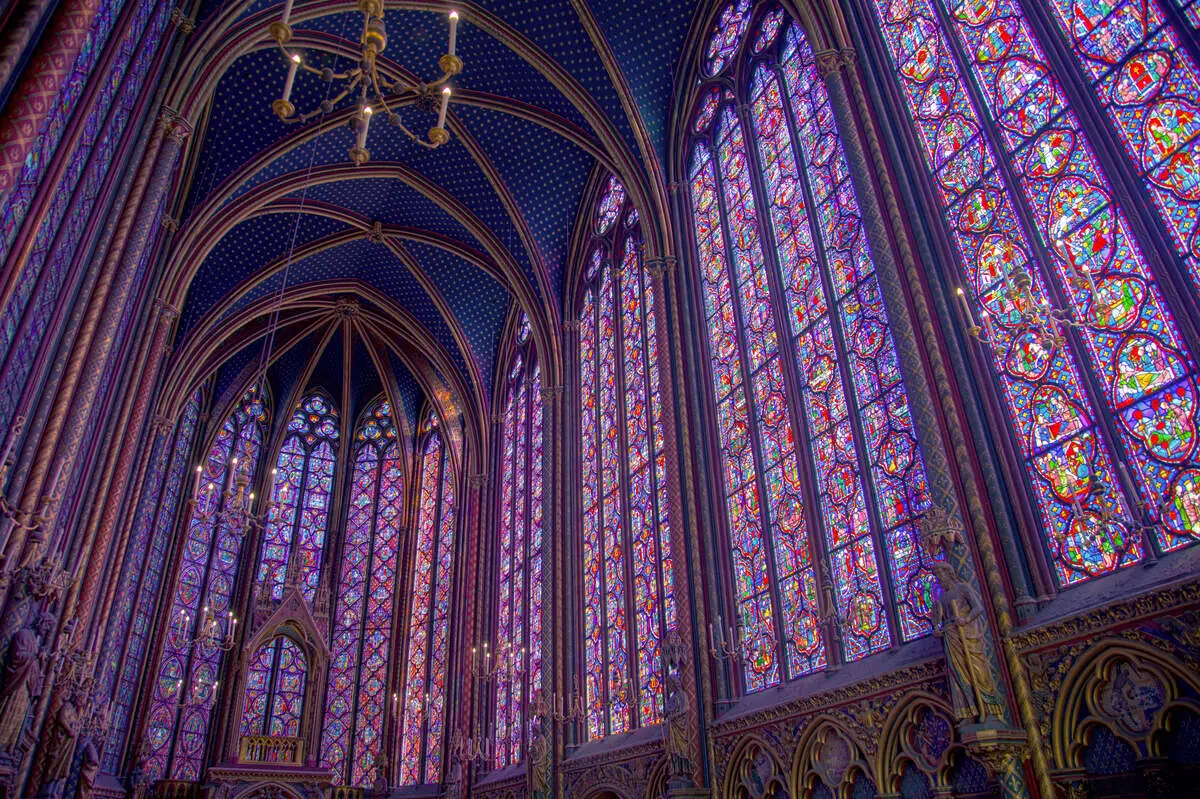
Catacombs of Paris
Former extensive Paris stone mines (approximately 400 km long network) since the late 18th century have been turned into underground cemeteries where are located remains of approximately 6 million people.
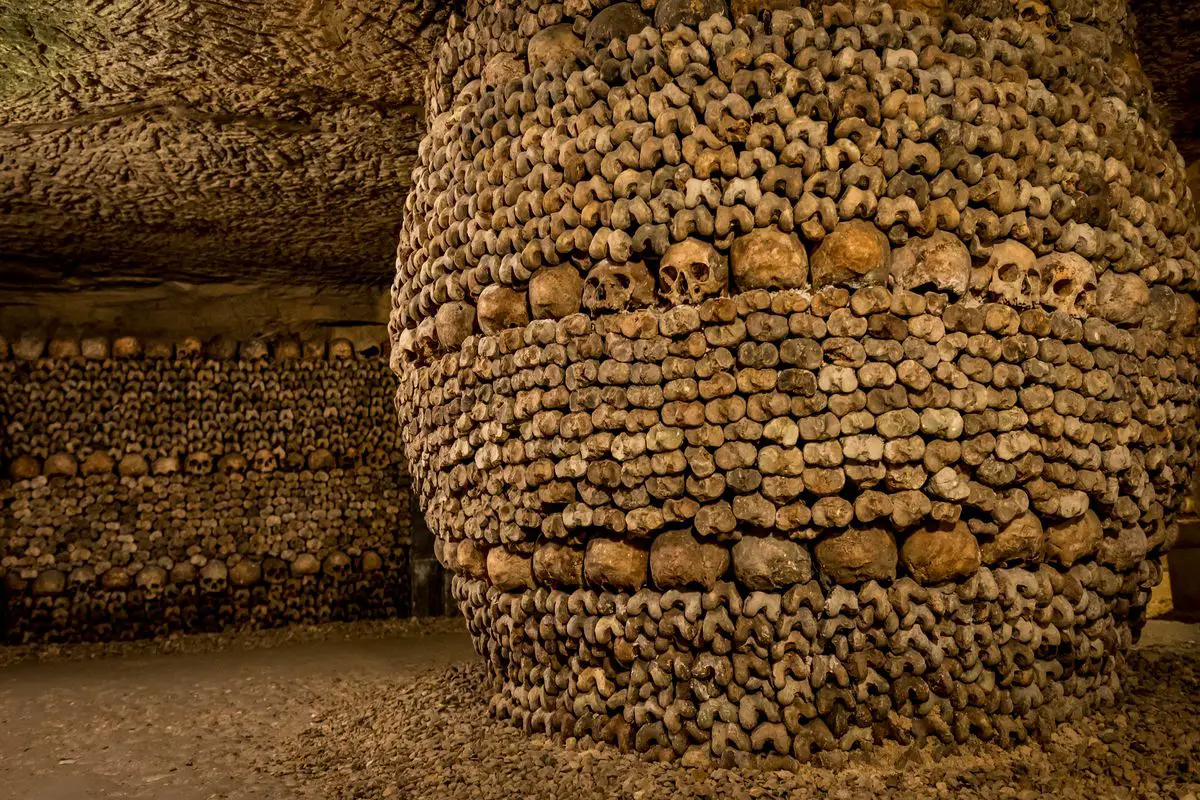
Gardens of Versailles
Possibly the finest example of French Garden design – a Baroque-style representation in landscape architecture. Includes a complicated hydraulics system. Gardens contain approximately 1,400 fountains and 300 statues.
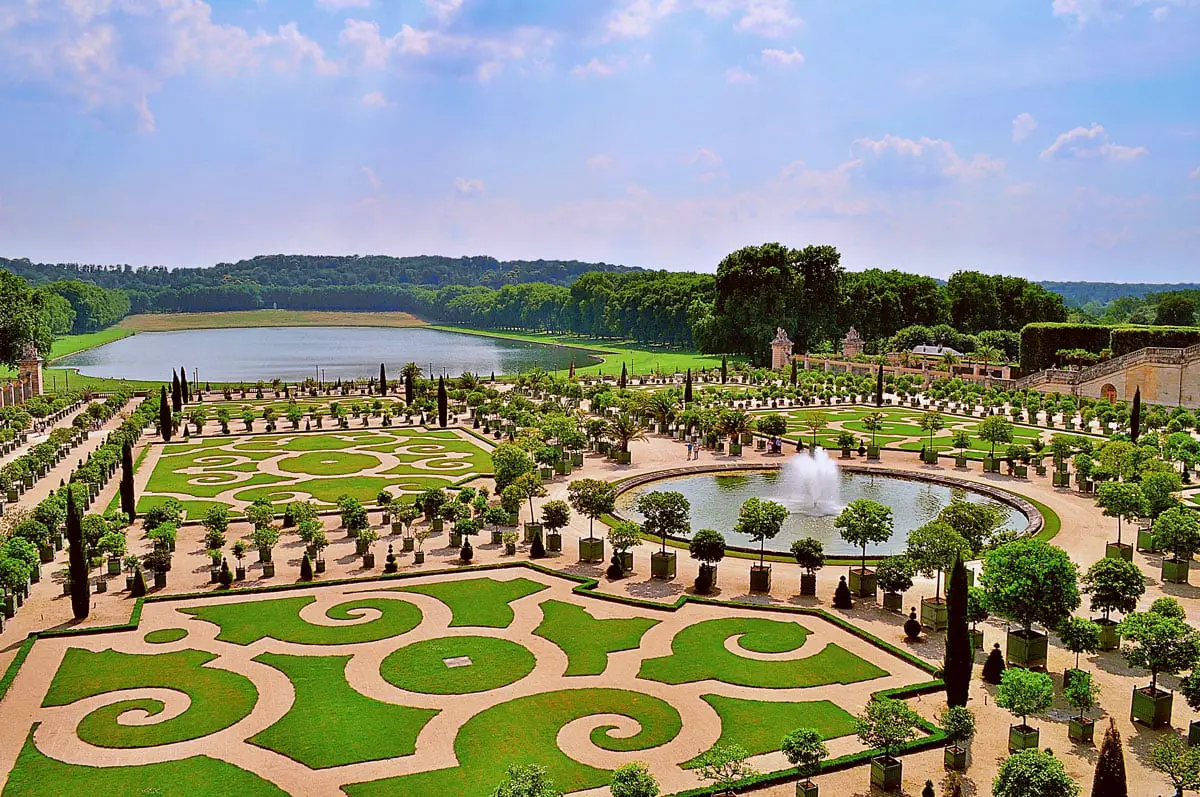
Basilica of St. Denis
One of the earliest true Gothic buildings in the world. Constructed in 1137 – 1141. Nave was rebuilt in 1231 – and this rebuilding was one of the first examples of the Flamboyant Gothic style. Built on the site of earlier cathedrals that have existed here since the 7th century AD. Burial site of most French monarchs from the 10th century to 1789.
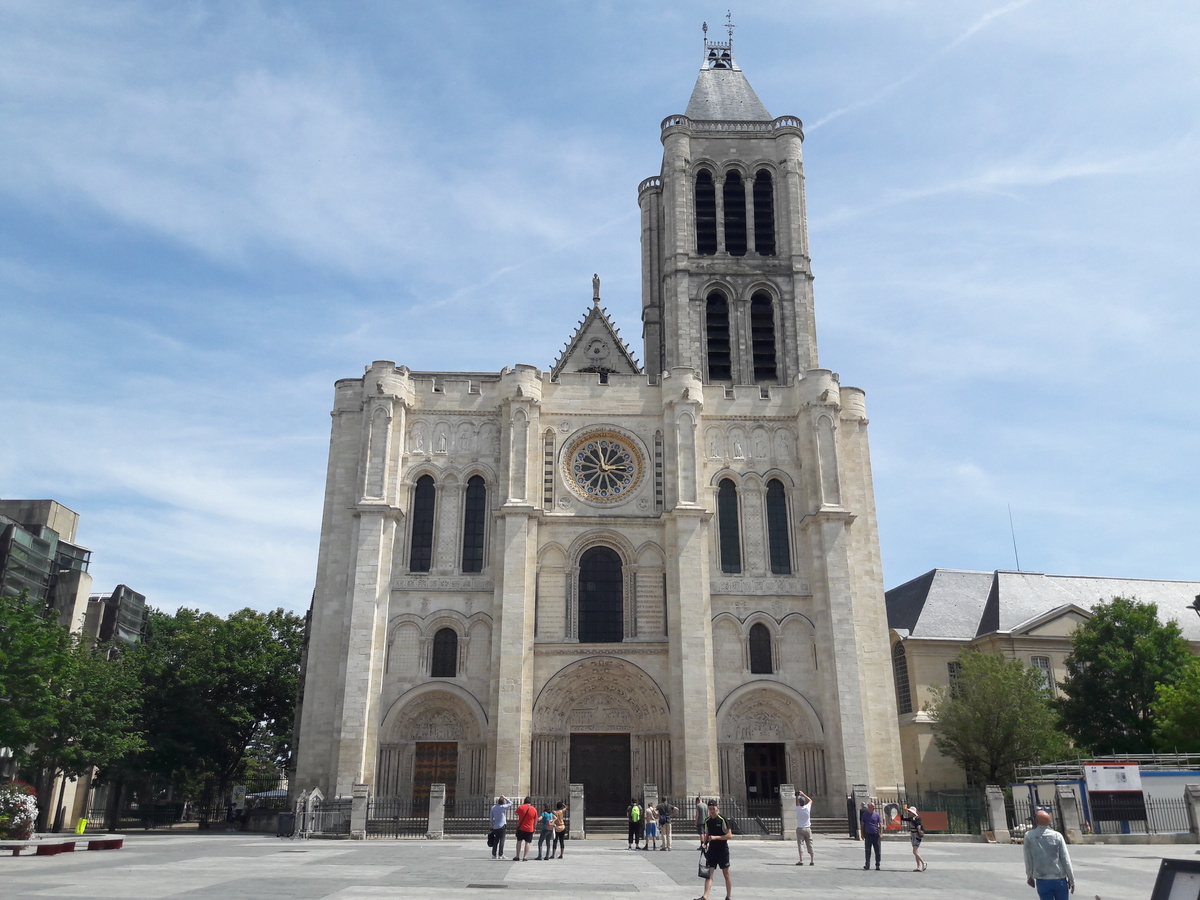
Vaux-le-Vicomte
Impressive Baroque palace, the most elaborate French palace from the middle of the 17th century. A predecessor of Versailles through the visual unity of the architecture of the palace and surrounding gardens.
Grand Palais
An enormous public building, built in Beaux Arts style in 1900. It presents both very rich ornamentation and amazing achievements in structural engineering.
Musée d’Orsay
This museum is located in a large Beaux-Arts railway station. The richest collection of French art from 1848 – 1915. Especially large are collections of impressionist and post-impressionist art.
Château de Vincennes
This royal castle was built in the 14th – 17th centuries. Very impressive building. In the center stands a 52 m tall keep, surrounded by a wall. Later surrounded by numerous buildings, forming a large complex.
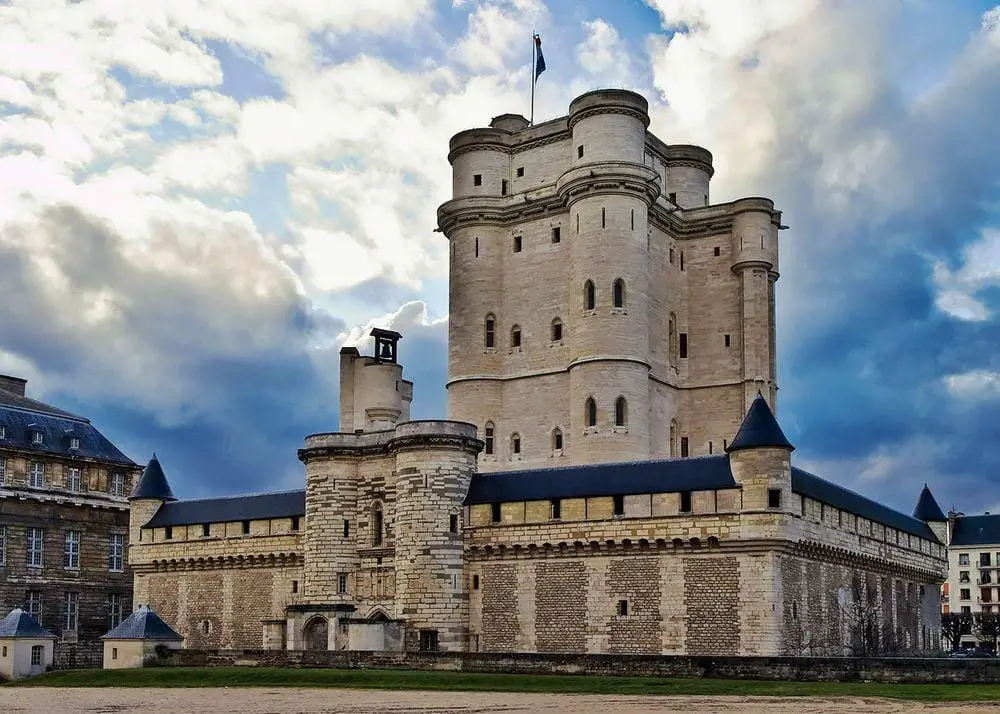
Palace of Fontainebleau
One of the most impressive palaces in France, developed by Francis I in the first half of the 16th century in Renaissance–Mannerist style. One of the architects is Leonardo da Vinci. The architecture of the palace and its interiors have left much influence on European art.
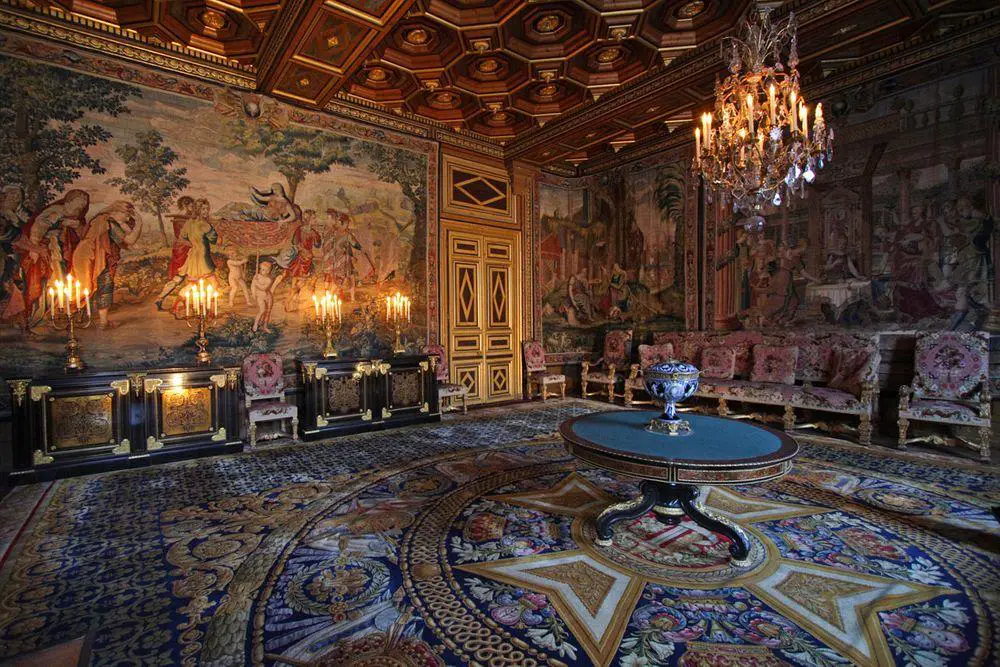
Petit Trianon
A smaller palace in the Versailles complex. It was built as a retreat for Madame de Pompadour in 1762 – 1768. This harmonious building represents a shift from the Rococo style to the Neoclassical style.
Musée Jacquemart-André
A sumptuous Neo-Baroque city palace, built in 1869 – 1875. Now it is a museum with a beautiful collection of European paintings.
Élysée Palace
Urban palace, the residence of the President. The palace was built in 1722 and represents a fine example of Frenc Neo-Classical architecture. Sumptuous interiors.
Château de Blandy-les-Tours
A large, well-preserved medieval castle that was built in the 13th century. Now fully reconstructed. Site of ghost stories.
Île de la Cité
The heart of Paris, where the medieval city was located since at least 52 BC. Now it is covered mostly with public buildings, although some buildings from the 16th century remain. Archaeological monument.
Château de Saint-Germain-en-Laye
An enormous royal palace, now – a museum of archaeology. Contains a chapel in Rayonnant Gothic style from the 1230s. The current palace was built starting in 1539. Flanked by some of the first French gardens.
Château de Dampierre
Large Baroque palace, built by Hardouin-Mansart in 1675 – 1683.
Château de Rambouillet
A summer residence of the Presidents of the French Republic. Originally a fortified manor that was turned into a palace in the late 18th century.
Château de Courances
A beautiful palace, built in Renaissance style sometime around 1630. Palace is surrounded by a beautiful garden.
Palais Garnier (Paris Opéra)
Very ornate Neo-Baroque building, built in 1862 – 1875. The grandeur and sumptuousness of this building are rarely surpassed in the whole world.
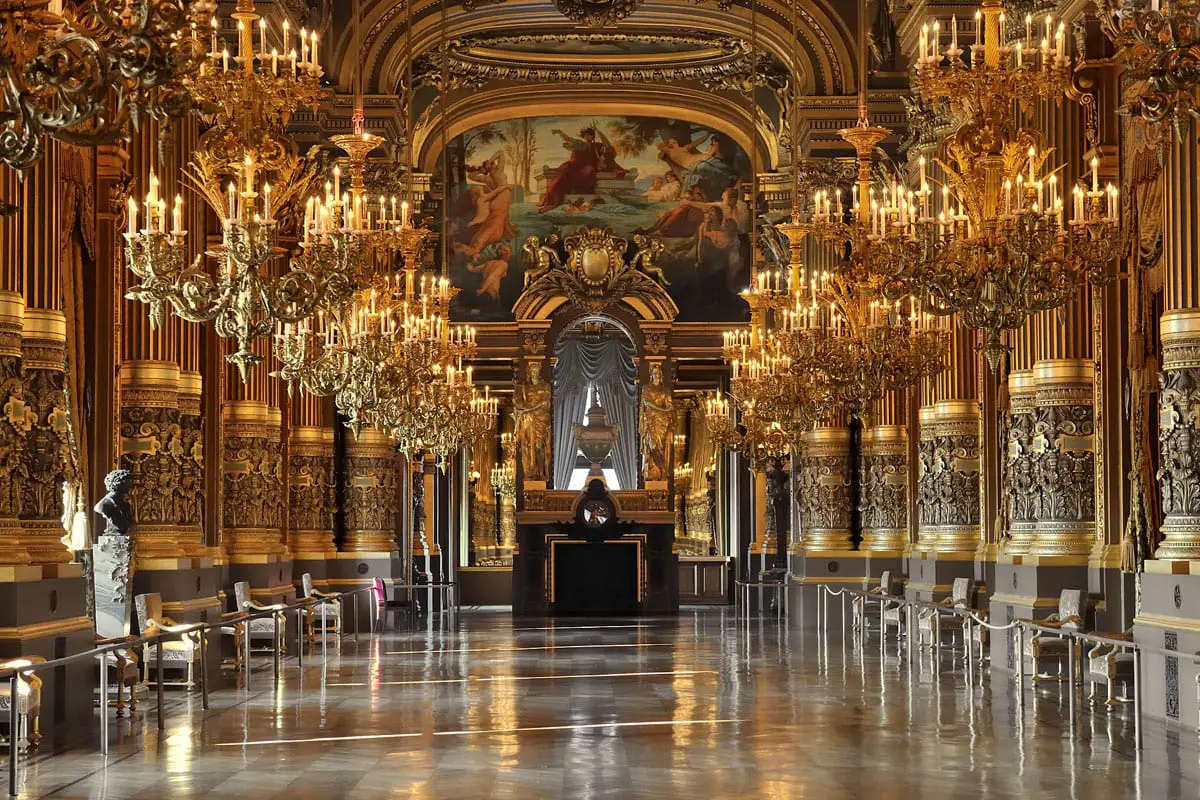
Grand Trianon
A Baroque palace in Versailles complex, built in 1670 – 1708. Palace has one floor.
Luxembourg Palace
A Baroque palace that was built in the early 17th century.
 Recommended books
Recommended books
Pierre Deux’s Paris Country: A Style and Source Book of the Ile-De-France, Linda Dannenberg
Internationally recognized as the leading chroniclers of the French Country Look, the Pierre Deux team now turns its attention to Paris and its surrounding province. 450 full-color and 24 black-and-white photographs.
The Ile-de-France (Routledge Revivals): The Country around Paris
First published in English in 1971, The Ile-de-France presents the reader with a study of the countryside around Paris through the eyes of Marc Bloch, a man with his own view of history. It looks at the area’s origins, extent, geographical features, archaeology, and past local histories.

